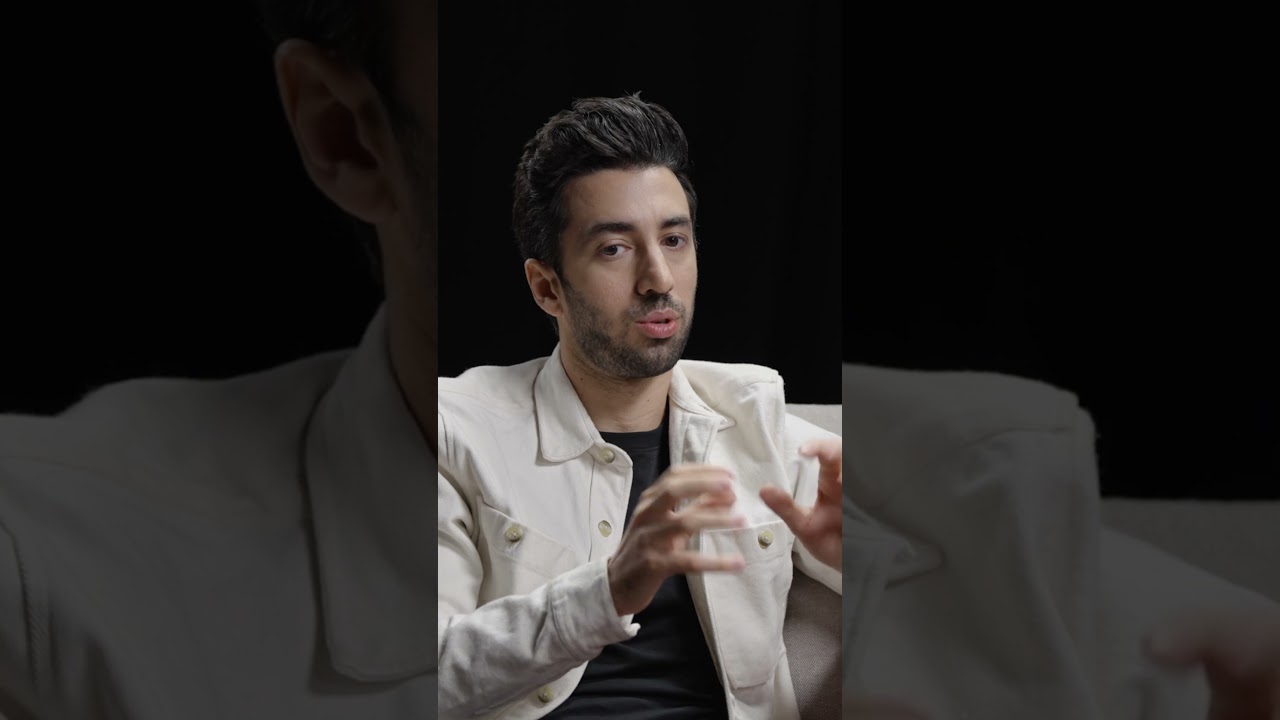Jon Youshaei encourages creatives to view AI tools not as threats but as complementary technologies that can enhance their work by quickly generating rough drafts and accelerating the creative process. He acknowledges the challenges of adapting to AI integration but remains optimistic that embracing these tools will amplify human creativity and productivity in the long run.
In the video, Jon Youshaei addresses concerns among creatives about AI tools potentially replacing their jobs. He suggests that if creatives feel threatened by AI, it might indicate areas where their current skill sets could be improved or adapted. Rather than viewing AI as a competitor, he encourages embracing it as a complementary technology that can enhance creative processes.
Jon acknowledges that the integration of AI into creative fields may cause some disruption, including job shifts and the need for retooling skills. He recognizes that this transition might be challenging and that many are already experiencing this rough patch. However, he remains optimistic about the long-term benefits AI can bring to creative work.
One of the key advantages Jon highlights is AI’s ability to generate rough drafts quickly. He explains that one of the most daunting challenges for creators is facing a blank screen, which can be paralyzing. AI tools can alleviate this by providing an initial draft, even if it is imperfect, which serves as a starting point for further refinement.
By receiving a first draft generated from a prompt or idea, creators can accelerate their workflow. Instead of starting from scratch, they can focus on editing and improving the AI-generated content. This process can help creatives move faster and be more productive, turning AI into a valuable launchpad for their projects.
Ultimately, Jon’s message is that AI should be seen as an amplifier and a tool that complements human creativity rather than a threat. By leveraging AI to handle initial drafts and rough ideas, creatives can focus on adding their unique touch and expertise, enhancing their work and adapting to the evolving technological landscape.
